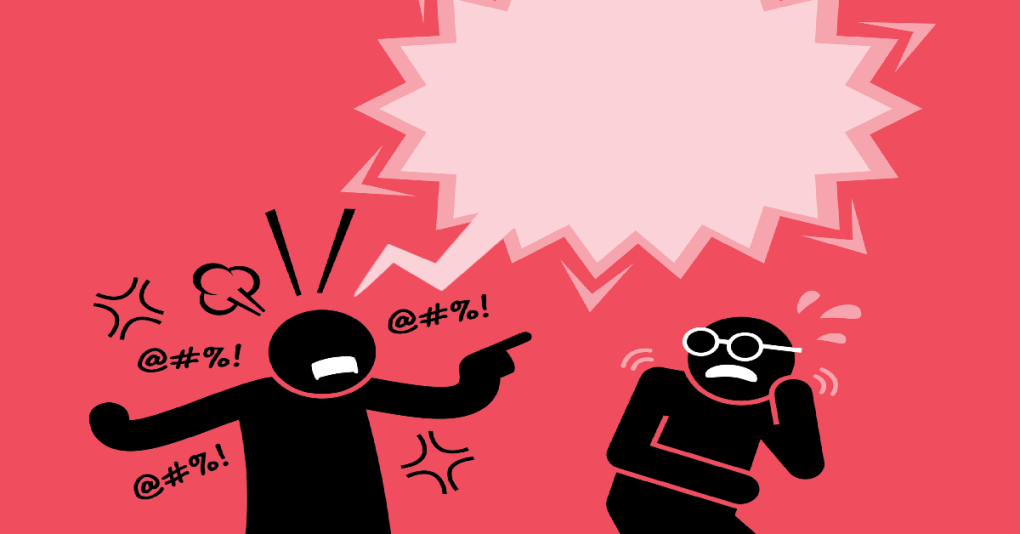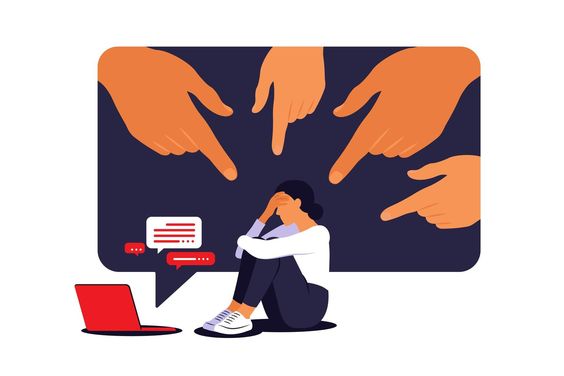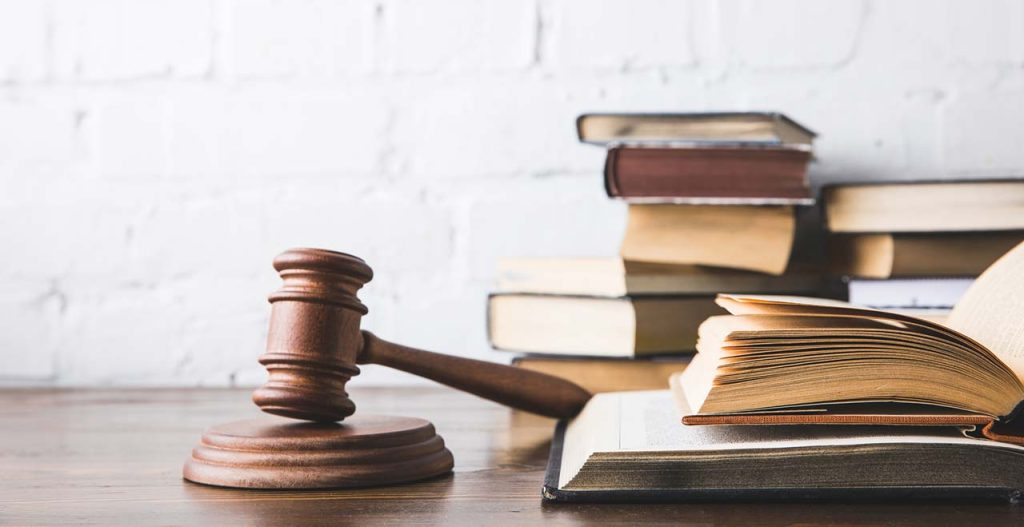Introduction

Figure 1
Hate speech – legal frameworks and responses (University of Sydney, 2024).
In recent decades, hate speech has broadly been understood as an expression that denigrates or dehumanizes a group based on attributes such as race, nationality, ethnicity, or gender (Parekh, 2012, p. 37). It can be verbal attacks and insults directed at strangers simply because they belong to a particular group. There is no doubt that hate speech should be prohibited by law in every country. Many European nations have enacted legislation banning certain extreme forms of hate speech, and social media platforms across jurisdictions are increasingly subject to public scrutiny to curb its spread (Matamoros, 2017, p. 930).
However, some countries and scholars argue that under the principle of free expression, governments have no authority to restrict individual speech. In the United States, for example, the First Amendment has been interpreted to protect even offensive and hateful speech (Matal, 2017, p. 246).
This paper examines the international hate speech debate through legal precedents and social policy. It argues that hate speech should be banned, particularly given its harmful impact in digital spaces. The central claims are as follows: absolute freedom of speech can disproportionately harm marginalized communities; hate speech undermines human dignity and social cohesion; and there is a clear connection between online hate speech and real-world violence and discrimination. Drawing on international legal instruments from various countries and key studies on Facebook use in Australia, this paper contends that banning hate speech is not a threat to freedom but a necessary measure to preserve a just and inclusive society.
Hate speech controversy

Figure 2
Conceptual illustration of social media conflict (Getty Images, 2024).
The debate over hate speech is, at its core, about free will. In recent decades, as digital platforms have reshaped public discourse, hate speech has drawn increasing attention from governments around the world. Many countries have moved to prohibit speech that targets individuals or groups with hostility (Parekh, 2012, p. 38). While national laws differ in scope and form, they often align in purpose. Denmark bans all forms of insulting language, Israel prohibits speech that incites religious hatred, and Australia outlaws expression that offends or intimidates others.
Yet, not all nations follow this path. Some argue that even hate speech falls under the protection of free expression—that citizens must retain the right to speak freely, no matter how offensive their words may be. This view finds its roots in the work of philosopher John Stuart Mill, who in 1859 argued that the freedom to express false or offensive ideas is essential because only through open discourse can a society distinguish truth from falsehood (Mill, 2006, p. 21).
In modern life, speech occurs in many forms—not only in public debate or interpersonal conversation but also in the boundless space of the internet. As a result, the frequency and visibility of hate speech have grown significantly.
Supporters of free speech argue that its value is self-evident (Parekh, 2012, p. 42). It is a defining feature of a democratic society, and whether online or offline, the ability to speak freely plays a vital—though distinct—role. First, freedom of speech is fundamental to critical thought and personal autonomy. When a state restricts expression, it often allows only a narrow set of ideas to circulate, stifling independent reflection and weakening society’s capacity for self-awareness. Second, free expression contributes directly to the meaning of human life (Parekh, 2012, p. 43). In today’s interconnected world, individuals rely on communication platforms to express themselves, connect with others, and build personal and collective identities. Through open dialogue, people form meaningful relationships, exchange ideas, and experience recognition. When speech is suppressed, communication becomes shallow and brittle—marked by distrust, misunderstanding, and a lack of lasting connection.
Unrestricted speech also serves as a check on government overreach and censorship. Granting the state the authority to decide which forms of expression are permissible carries serious risk. While laws targeting hate speech may be introduced to curb extremism or prevent harm (Sinpeng, 2021, para. 1), the law could be repurposed for political purposes over time. The definition of “hate speech” is inherently flexible, and governments may redefine it to suit their interests. History offers ample warning: in the Qing dynasty, China used literary inquisition to silence dissent; in modern India, politicians have invoked hate speech laws to punish critics and suppress opposition. By contrast, citizens can scrutinize power, question dominant narratives, and contribute to an informed and engaged public when they retain the right to speak freely. As Parekh (2012, p. 44) notes, the open exchange of ideas strengthens democracy by sustaining the flow of thought between citizens and the state—giving rise to public reason and collective will. For these reasons, many scholars and legal theorists believe that hate speech should not be prohibited. No matter how offensive or hateful it may be, speech must remain protected unless it poses a direct and imminent threat of harm. Protecting only popular or pleasant ideas is not freedom; free speech requires tolerance for views that disturb, provoke, or offend the prevailing order.

Figure 3
Cyber bullying concept illustration. This image represents the emotional and psychological toll of online hate and harassment, visually reinforcing the need for stronger digital platform governance and hate speech regulation (Kalinicheva, 2024).
Freedom of speech is undeniably essential to the development of any society. However, it is not humanity’s only value (Parekh, 2012, p. 44). The pursuit of dignity, equality, and social harmony has been central to human aspirations throughout history. Mutual respect and the ability to safeguard one’s identity and reputation are foundational to a just society. Hate speech, by contrast, erodes these ideals. In the UK and across much of Europe, for instance, members of minority communities often avoid attending football matches due to the prevalence of racist abuse. Others stay away from crowded public spaces, fearing humiliation or verbal attacks.
Hate speech also undermines the fairness of public debate. When certain groups are seen as internal enemies, society targets these people, causing their public status to decline and the principle of social equality gradually disappearing. If left unchecked, hate speech corrodes the foundations of collective life (Parekh, 2012, p. 53). It builds walls between communities, breeds suspicion, and damages interpersonal trust. When governments tolerate or enable such rhetoric, targeted groups feel abandoned by the very society they belong to (Matsuda, 1989, p. 2337). This sense of exclusion weakens social cohesion and undermines moral solidarity. Victims may leave their jobs, drop out of school, or avoid city centres altogether. In short, hate speech poses a serious threat to both personal safety and freedom. It delivers a devastating blow to the self-worth and sense of belonging of marginalized groups, eroding social equality and even contributing to increased crime rates.
Furthermore, if absolute freedom of expression allows people to mimic monkey sounds and chant slurs at Black athletes during football matches, can this indeed be considered progress? As legal scholar Jeremy Waldron argues, hate speech is not merely offensive—it strips vulnerable minorities of the equal status and basic respect they are entitled to in a democratic society (Waldron, 2012, p. 5). This danger becomes even more apparent in the political realm. Absolute speech freedom can inflict enormous harm on a nation. On March 15, 2019, a gunman attacked two mosques in Christchurch, New Zealand, killing 51 people and injuring dozens more. It was the deadliest terrorist act in the country’s history. The perpetrator had published a manifesto filled with hate speech and white supremacist ideology, and he livestreamed the massacre. According to the final report of New Zealand’s Royal Commission of Inquiry, this extremism was partly fueled by the failure of online platforms to regulate such content (Royal Commission, 2020, p. 496). The incident stands as a stark reminder of the dangerous link between hate speech and real-world violence. It also shows the world how serious the consequences can be if speech is not policed.
Case Study: The Regulation and Impact of Hate Speech in Contemporary Australia

Figure 4
Different areas of commercial law in Australia. This infographic situates anti-discrimination and racial vilification law within the broader legal system, helping contextualize how hate speech regulation operates in relation to other legal domains (University of Sydney, 2024).
The Australian government and legal system have long worked to strike a balance between free speech and the regulation of hate speech. Across the Asia-Pacific region, there is a striking absence of clear legislative frameworks addressing hate speech (Sinpeng, 2021, para. 1). While a few countries have begun to acknowledge the issue, most remain at the draft stage, with little clarity on legal boundaries. In contrast, Australia stands out as one of the few nations in the region to formally regulate hate speech. Section 18C of the Racial Discrimination Act 1975 makes it unlawful to commit public acts that offend, insult, humiliate, or intimidate others based on race or ethnicity (Racial Discrimination Act 1975, s. 18C). Like similar laws elsewhere, this provision has attracted criticism, particularly over the perceived breadth of terms such as “offend” and “insult.” Critics argue these terms are too vague and risk restricting legitimate speech. However, Australian courts have clarified that only conduct with “profound and serious effects” qualifies as unlawful under the Act (Gelber & McNamara, 2016, p. 326). This legal interpretation reflects a broader view: that absolute freedom of speech can cause actual harm to society. Through Section 18C, Australia affirms the right of all racial and ethnic groups to participate equally in public life, and it uses the law not to suppress debate but to protect dignity, inclusion, and social cohesion.

Figure 5
Facebook platform and social media governance.(University of Sydney, 2024).
In the digital age, hate speech increasingly thrives on social media platforms, and in Australia, its presence has caused both measurable harm and regulatory friction. The real-world impact of online hate speech is well-documented. For instance, in 2013, Facebook faced public criticism in Australia for refusing to remove pages that contained racially offensive content targeting Indigenous Australians (Oboler, 2013, p. 19). Despite widespread complaints, the platform initially declined to take action, arguing that the content did not violate its community standards. Only after intervention by the Australian Communications and Media Authority did Facebook agree to remove the pages—but only within Australia’s jurisdiction (Matamoros, 2017, p. 931). This case highlighted the tensions between global platforms and local expectations for content moderation. Facebook’s failure to recognise such content’s cultural significance and harm reflected a broader misunderstanding of Indigenous identity and dignity.
Although Facebook eventually removed overtly offensive content, hate speech has since reappeared in subtler, more insidious forms—often framed as “humour.” For example, studies report that 88% of Australian internet users have encountered racist memes or pages online (Bronwyn, 2018, p. 12). A disturbing trend involves users sharing images of apes overlaid with Indigenous names, a tactic that allows hate to persist while evading content moderation systems. Respondents in multiple studies reported a growing prevalence of memes being used to mock and dehumanise Indigenous people, revealing how digital hate speech evolves to bypass regulation (Bronwyn, 2018, p. 12).
Hate speech has also been linked to real-world violence and social division. As Saunders (2011, p. 100) notes, hate-fueled narratives often catalyse ethnic conflict. As shown in the video, a tragic example occurred in Kalgoorlie, Western Australia, where a 14-year-old Indigenous boy was deliberately struck and killed by a non-Indigenous driver. Police investigations revealed that in the days leading up to the incident, online arguments between Indigenous and non-Indigenous users had intensified, fuelling racial tensions (Bronwyn, 2018, p. 13). After the boy’s death, Facebook posts were flooded not with grief but with further racist abuse. This case illustrates the far-reaching consequences of hate speech—not only as a cause of immediate harm but as a force that, over time, fosters division, emboldens hostility, and undermines social cohesion (Tsesis, 2002, p. 3).
(9News Perth, 2017)
Conclusion
In conclusion, while debates over freedom of speech continue, this paper argues that free expression and regulating hate speech are not inherently in conflict. States and societies must recognise the value of free speech and acknowledge the harm that hate speech causes. Australia’s efforts to regulate hate speech reflect a clear understanding that such speech poses a serious threat to equality and social cohesion. This paper does not support an absolutist view of free speech. In striving for a free society, we must ensure everyone can move through it freely—without fear and within a culture grounded in respect and mutual dignity.
References list
9News Perth. (2017, July 21). Kalgoorlie Verdict | 9 News Perth [Video]. YouTube. https://www.youtube.com/watch?v=DMudEL0yXJ0
Australian Government. (1975). Racial Discrimination Act 1975 (Cth). https://www.legislation.gov.au/Details/C2022C00109
Bronwyn Carlson and Ryan Frazer. (2018). Social media mob: Being Indigenous online. Macquarie University. https://research-management.mq.edu.au/ws/portalfiles/portal/85013179/MQU_SocialMediaMob_report_Carlson_Frazer.pdf
Gelber, K., & McNamara, L. (2016). Evidencing the harms of hate speech. Social Identities, 22(3), 324–341. https://doi.org/10.1080/13504630.2015.1128810
Getty Images. (2024). Concept for social media fight [Illustration]. https://www.arin6902.net.au/wp-content/uploads/2024/04/concept-for-social-media-fight-vector-id876957798-840×630-1.jpg
Kalinicheva, E. (2024). Cyber bullying concept illustration [Vector Illustration]. Motion Array. https://motionarray.com/graphics/cyber-bullying-concept-illustration-1392835/
Lourika. (2018). CA Khamala “Genocide denial and freedom of political expression in the Ingabire case” (2018) 2 African Human Rights Yearbook, 481–513. https://www.ahry.up.ac.za/khamala-c-a
Matamoros-Fernández, A. (2017). Platformed racism: The mediation and circulation of an Australian race-based controversy on Twitter, Facebook and YouTube. Information, Communication & Society, 20(6), 930–946. https://doi.org/10.1080/1369118X.2017.1293130
Matal v. Tam, 582 U.S. 218 (2017). https://www.supremecourt.gov/opinions/16pdf/15-1293_1o13.pdf
Matsuda, M. J. (1989). Public response to racist speech: Considering the victim’s story. Michigan Law Review, 87(8), 2320–2381. https://doi.org/10.2307/1289306
Mill, J. S. (2006). On liberty (D. Bromwich & G. Kateb, Eds.). Penguin Books. (Original work published 1859)
Oboler, A. (2013). Aboriginal memes and online hate (pp. 1–87). Melbourne: Online Hate Prevention Institute. http://www.ohpi.org.au/reports/IR12-2-Aboriginal-Memes.pdf
Parekh, B. (2012). Is there a case for banning hate speech? In M. Herz & P. Molnar (Eds.), The content and context of hate speech: Rethinking regulation and responses (pp. 37–56). Cambridge University Press.
Saunders, K. W. (2011). Degradation: What the history of obscenity tells us about hate speech. New York University Press. https://doi.org/10.18574/9780814708750
Sinpeng, A., Martin, F. R., Gelber, K., & Shields, K. (2021). Facebook: Regulating hate speech in the Asia Pacific. Department of Media and Communications, The University of Sydney. https://hdl.handle.net/2123/25116.3
Tsesis, A. (2002). Destructive messages: How hate speech paves the way for harmful social movements. New York University Press. https://doi.org/10.18574/nyu/9780814784297.001.0001
University of Sydney. (2024). Different areas of commercial law in Australia [Infographic]. https://www.arin6902.net.au/wp-content/uploads/2024/04/Different_Areas_Of_Commercial_Law_In_Australia.jpg
University of Sydney. (2024). Facebook platform and social media governance [Photograph]. https://www.arin6902.net.au/wp-content/uploads/2024/04/Facebook-stock-photo-17-1.jpg
University of Sydney. (2024). Hate speech – legal frameworks and responses [Infographic]. https://www.arin6902.net.au/wp-content/uploads/2024/04/Hate-Speech-FE-Legal-Resource-3.webp
Waldron, J. (2012). The harm in hate speech. Cambridge, MA: Harvard University Press.
Acknowledgment:This article was accessed on Grammarly on April 4, 2025. Because I was not confident in my expression in the theoretical part and I was afraid that the teacher would not understand what I meant, I changed a few words to make the sentence more fluent.

Be the first to comment